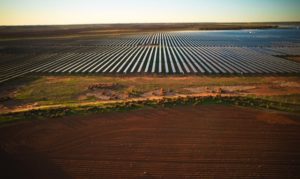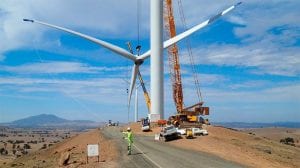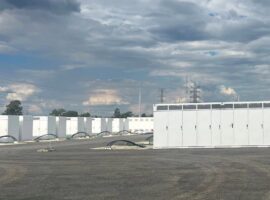ASX listed renewables developer Carnegie Clean Energy is getting set to build its battery-ready 10MW solar farm in Northam, Western Australia, after securing $7.5 million in debt finance for the project this week.
In an ASX announcement on Monday, Carnegie said the 12-month construction debt finance facility would be provided by Perth-based private investment group, Asymmetric Credit Partners, with the first draw-down planned for mid-December.
Carnegie’s Northam solar farm, to be built on 25 hectares of “strategically located land” in WA’s wheat belt region, around 100km east-north-east from Perth, won development approval from the local council in June.
Northam, the first large-scale solar project to be delivered in tandem with Carnegie subsidiary Energy Made Clean, is one of a number of big solar projects helping to break a four-year investment drought in WA, with just one installation, the 10MW Greenough River project, built in 2012.
As we reported here in June, that is now changing: Greenough River is to be expanded to 40MW; a 30MW solar farm is planned for Perth’s outskirts; another 20MW solar farm is to be built by APA; and in July Perth-based Stellata Energy won approval for a 120MW solar plant near Merredin.
As for Northam, Carnegie chief executive Michael Ottaviano told an energy storage conference in Sydney in June that he expects the project to be complete by the end of the year.
“We should have lots of these solar farms …. in Western Australia it hasn’t been encouraged. But the economics can make it work,” he said.
Ottaviano also suggested the Northam project might strike a mixture of power purchase agreements and merchant deals, given the high prices for both wholesale electricity and large-scale renewable energy certificates in the market.
Elsewhere in Western Australia, Carnegie has installed more than a dozen stand alone power systems for both Western Power and Horizon Energy.
“It is just a cheaper, cleaner more secure solution than the alternative,” Ottaviano said. “The cost of technology is coming down. What was an economic driver for remotes systems, is now true for the fringe of grid and on the main grid too.”











